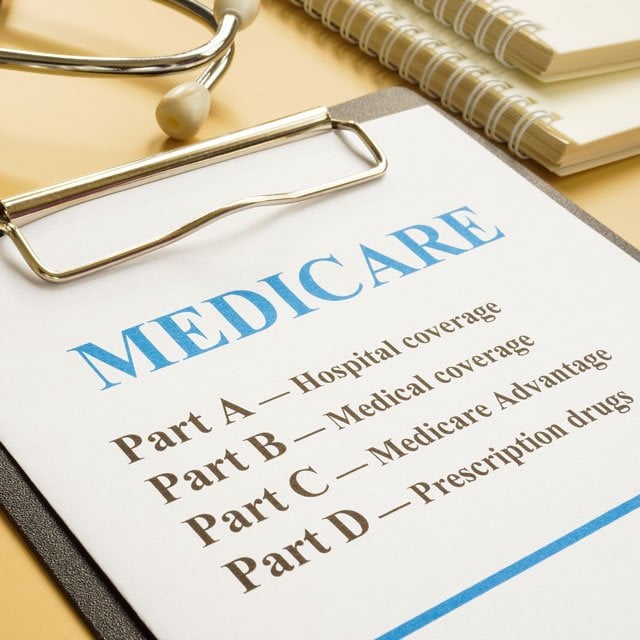Will Lower Medicare Drug Prices Cut Retiree Health Care Costs?

The Change
There is, of course, a catch.
The cost-sharing methodology Medicare uses will change next year.
It will do a 180-degree shift from the government picking up 80% of costs above the current catastrophic limit on out-of-pocket expenses of $7,400, and the rest being paid by insurance companies, to insurers picking up the majority of costs above $2,000 (60% for generic drugs, 80% for brand name drugs) and the government the remainder.
Medicare Part D and Medicare Advantage providers are expected to end up paying significantly more as a result.
These costs are already being passed along to the consumer.
Carriers increased average Part D premiums by between 16% and 58% in 2024 based on our analysis of actual increases by three of the largest carriers.
The Coming Cost Curve
Premiums appear to be on track for another significant jump in 2025.
Higher premiums — whether for Part D or Medicare Advantage programs (which may also reduce benefits) — will impact all retirees.
Using a conservative assumption that 2025 premiums will rise at an average rate of 37% as they did in 2024 and then return to normalized inflation rates, a New York retiree turning 65 in 2024 would end up paying $75,000 in Part D premiums over the next 20 years or $40,000 more than would have been the case if premiums had risen consistent with historical averages.
Lower negotiated drug prices will help many retirees and may even bend the trajectory of the overall expense curve.
But as most Medicare recipients are already experiencing, as the toothpaste tube of health care expenses is squeezed in one area, they show up elsewhere, underscoring the continuing need to plan for these crucial costs.
Ron Mastrogiovanni is the chief executive officer of HealthView Services, a provider of retirement, health care, Social Security, long-term care applications, retirement planning and decumulation tools for the financial services industry.




